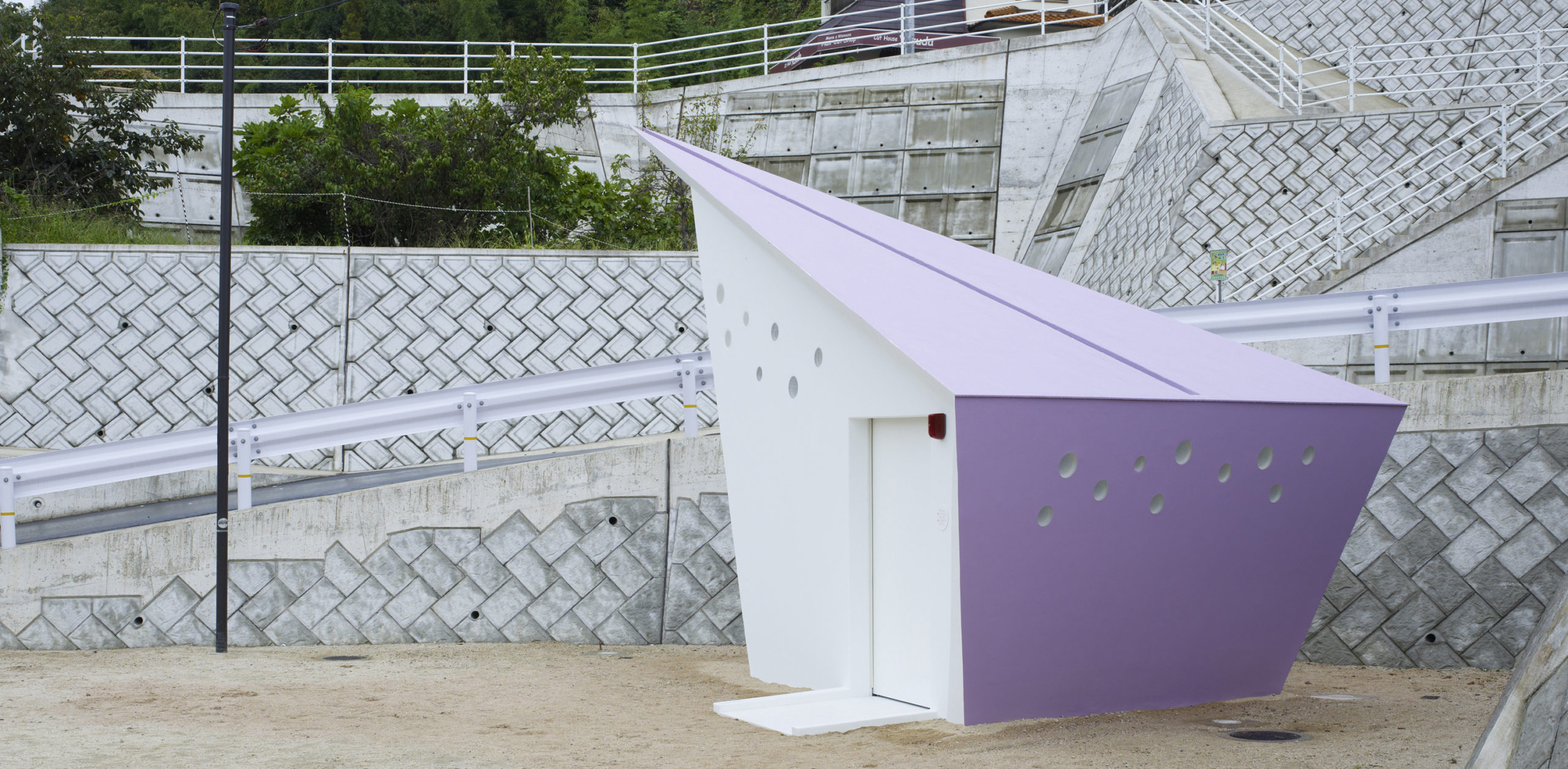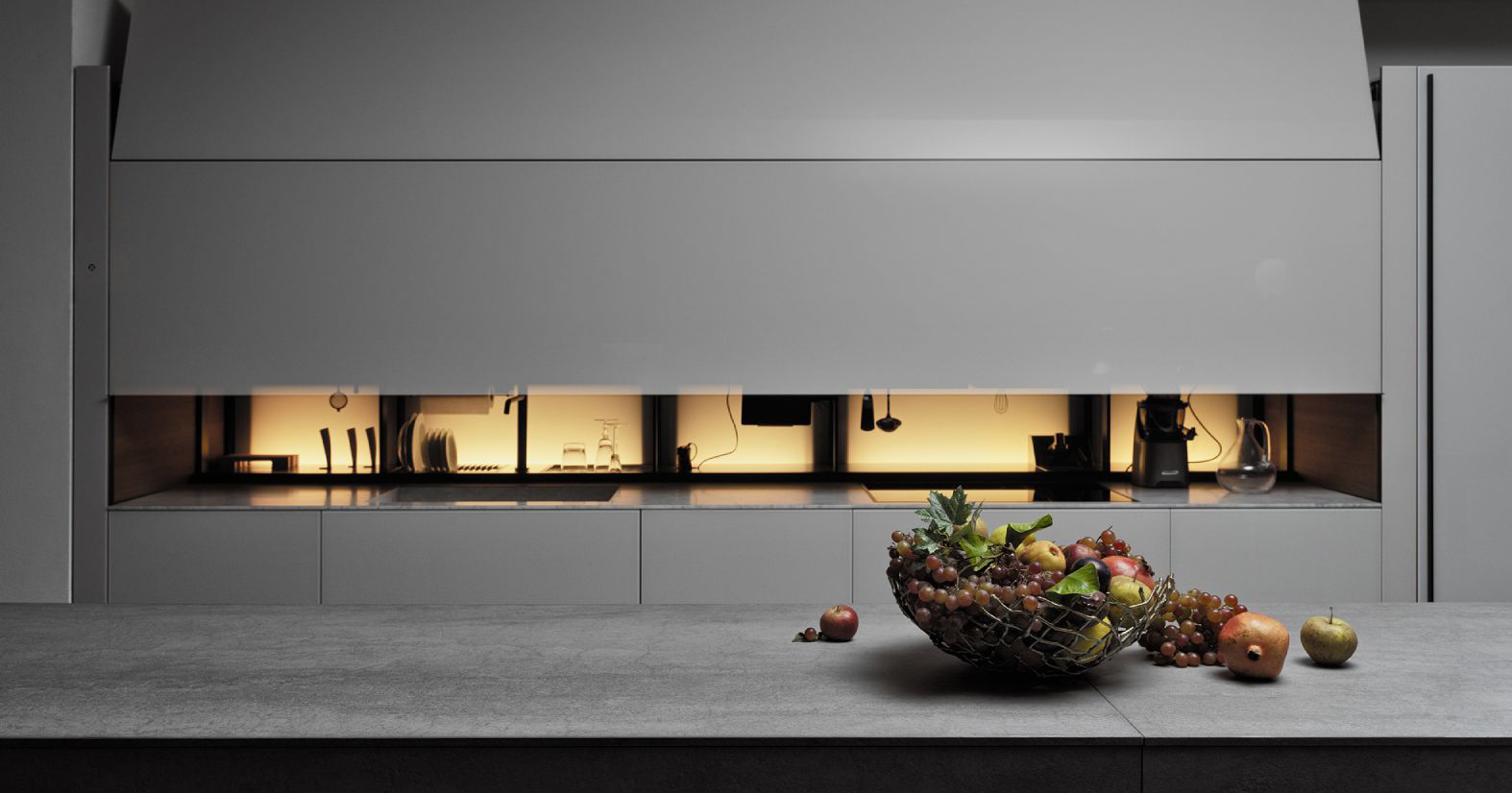Architects: Showcase your next project through Architizer and sign up for our inspirational newsletter.
A healthy society educates and questions its ideologies through an exploration of the arts. Music, theatre, and performance are all used by communities to challenge the status quo and introduce forward-thinking ideas to society. Performance arts regularly reflect upon contemporary culture and can be considered a time capsule of current events, trends and fashions. In this sense, they are often seen as an aspirational medium that projects an idealism of what could be. Song, dance and storytelling provide an engaging narrative for new ideas and can be an accessible resource for all classes and factions of society. The widespread influence of art can be credited with inciting change for centuries.
In medieval times music and performance had a familiar sound and tone for many years. Due to a steady and unwavering culture, there was little change in the style of the time. A stronghold on society by the Roman Empire and the Catholic Church brought about the division of power and money. Class divides were startling. Yet, in those times, art and performance were not exclusively for the wealthy. Outdoor amphitheaters were popular venues for the masses to gather for all sorts of performances. However, those in power eventually understood that cultural influence could be instilled by developing and controlling the narratives of the arts.
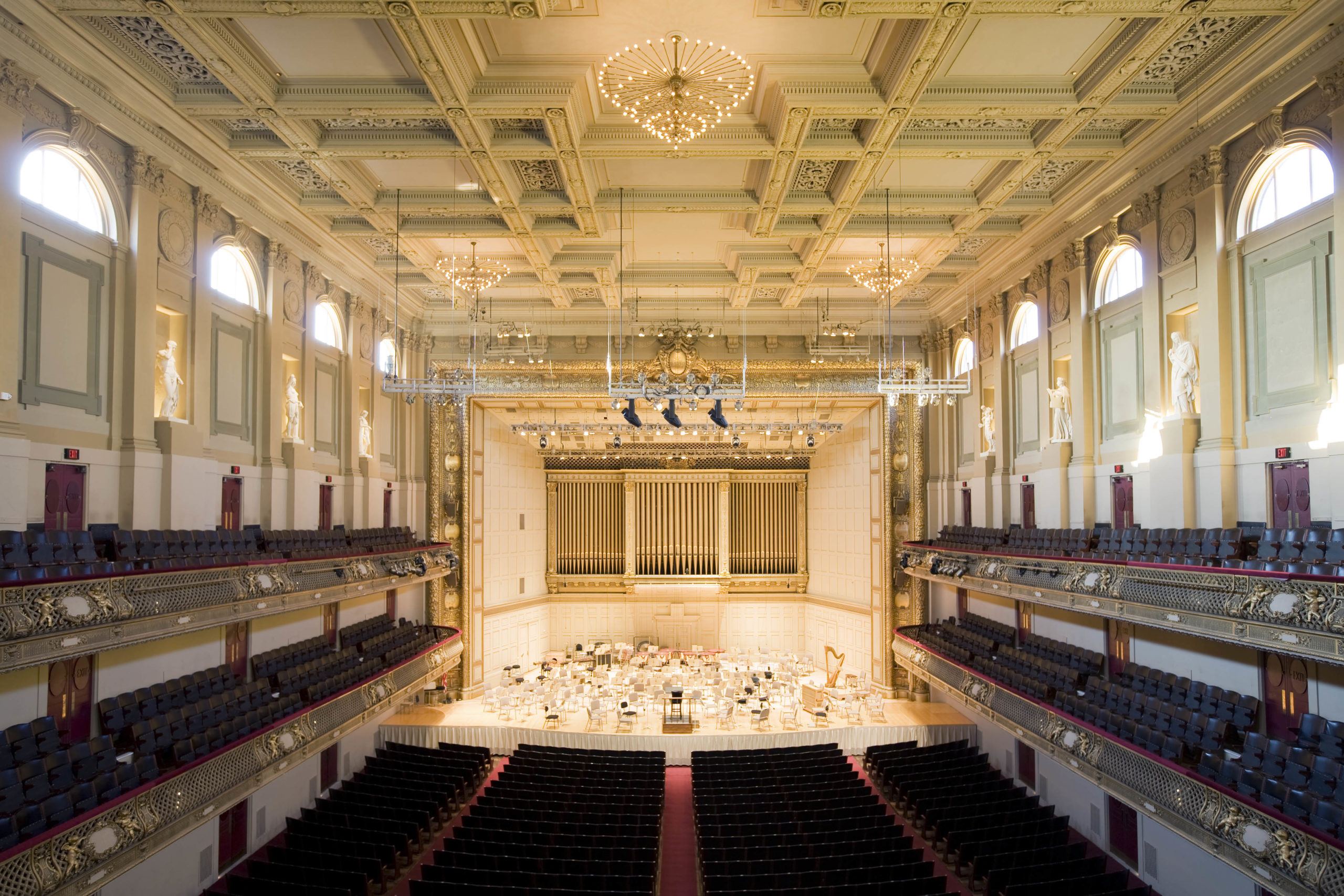
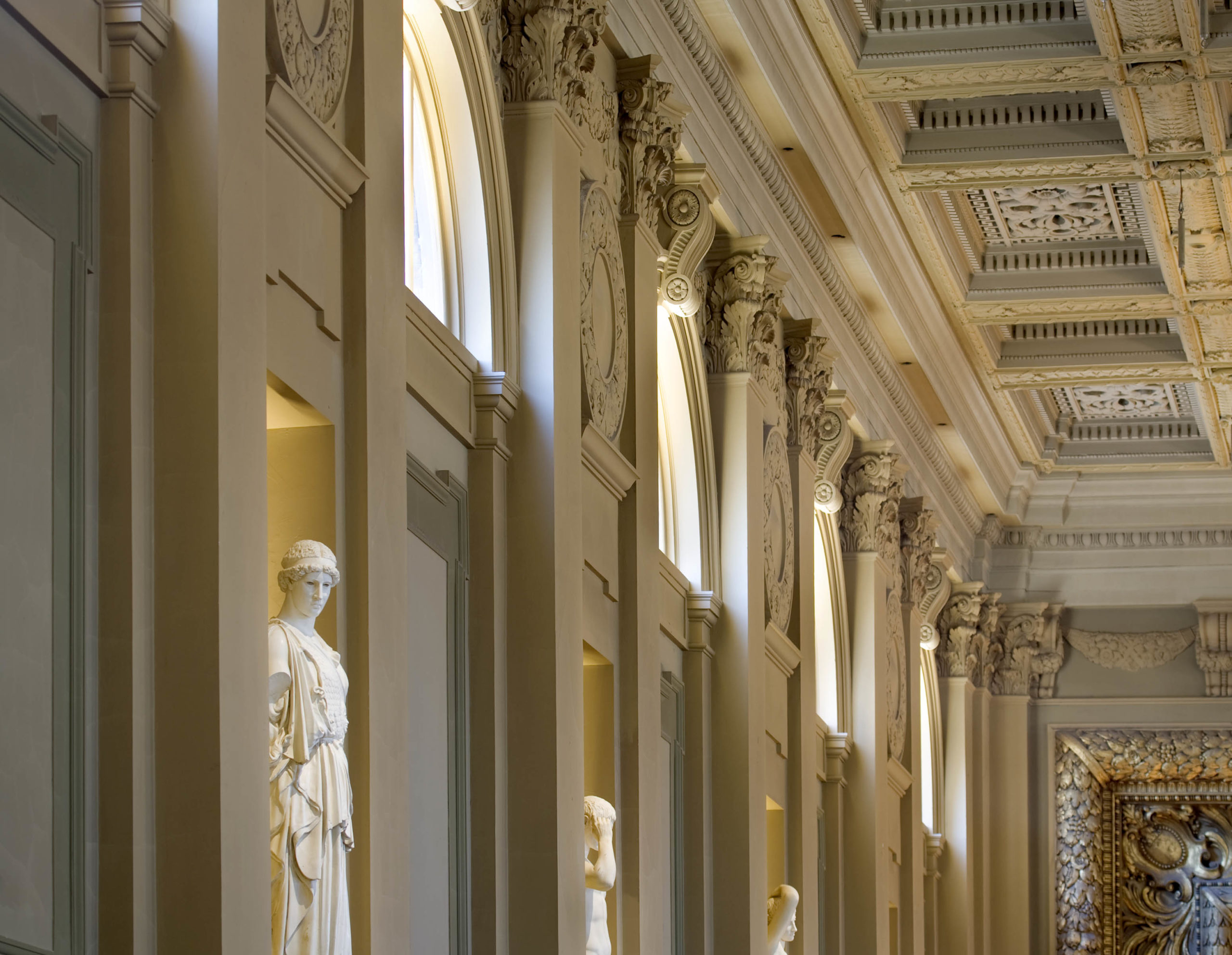
Boston Symphony Hall by McKim, Mead and White and renovated by Ann Beha Architects, Boston, MA, United States
For the aristocracy of 17th and 18th Century, music and theatre was something to be kept for the elite, it was performed in churches, palaces and as private concerts to be enjoyed by only a select few. In the aftermath of the French and Industrial revolutions, the balance of European cultural power shifted and, by the 19th Century, the ascendancy of the bourgeoisie was in full force. The importance of the influence of art and musical culture was understood and exploited. Vast sums of money were invested in performers and their equipment, and the public concert became widely popular. Bringing performance to the masses was a lucrative business. Soon after, there was a tremendous demand for venues to showcase performances; these designs would provide crucial support for performance quality. The better the show, the bigger the financial gain, and so the architecture of Performance Arts Venues was born.
Yet, as they evolved, performance buildings also honed techniques for improving sound and audience experience. Take for instance the Symphony Hall in Boston, home of the Boston Symphony Orchestra. The building is often cited as one of the best-sounding classical venues In the world. Designed and built in 1900 following scientifically derived acoustical principles understood by Wallace Clement Sabine, a physics professor from Harvard University, Sabine was the first person to carry out scientific measurements to understand how sound behaves in rooms. The hall is an early example of the importance of understanding sound. The side balconies in Symphony Hall are very shallow, which helps to avoid trapping or muffling sound. Meanwhile, the coffered ceiling and statue-filled niches along three sides help provide excellent acoustics to essentially every seat.
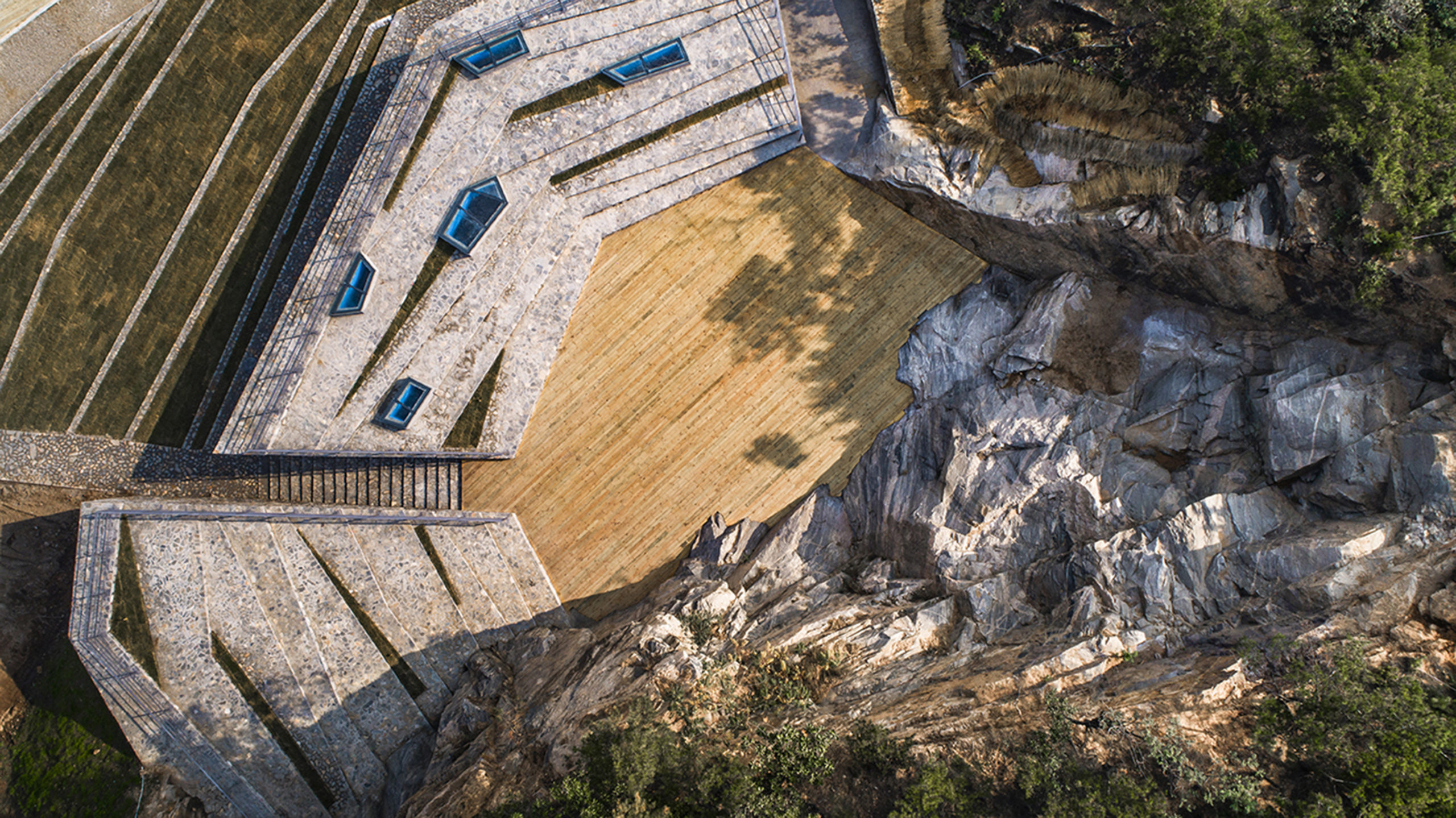
As the understanding of acoustics has developed and technology has advanced, in the modern age, we recognize that proper performance arts venues are essential to elevating certain styles of music, performance and art. Lighting and acoustics can be altered dramatically when experienced, for example, outdoors and then indoors. Sound waves are vibrations that travel in linear motion; they continue to travel until they reach a surface. Although some will travel through or around, depending on the surface, most are reflected back towards us — we recognize this vibration as sound. It is this reflection of sound that is so important in the construction of performance art venues. The surfaces surrounding the source of the sound can significantly impact how the human ear experiences it. Architects and designers have studied the science of acoustics for centuries, with an array of incredible performance art venues being constructed in the process and today, we see boundaries being pushed every day.
Yet, stellar sound quality is not limited to the indoors and architects continue to explore the possibilities for improving outdoor acoustics. A recend example is the stunning Stone Nest Amphitheatre, which sought to solve the long-term lack of public community space in the area of Weihai, China. Influenced by the rock formation and designed as an ode to traditional amphitheaters, this venue is as socially important as any of its predecessors. Music festivals, drama festivals and other activities bring vitality, economic income, and public exchanges and performers enjoy new experiences. What is more, due to its natural arc form and jagged rock walls, The Stone Nest Amphitheatre has an excellent acoustic effect.


National Kaohsiung Centre for the Arts by Mecanoo, Kaohsiung, Taiwan
While some newly designed venues are looking to the past, others are pushing innovation through exploration. For example, when the National Kaohsiung Center for the Arts opened in Taiwan, it became the world’s largest performing arts center under one roof. It contains four indoor performance venues. A 2,236-seat opera house is located at its center, a 1,981-seat Concert Hall, a 1,210-seat Playhouse and a 434-seat recital hall. A fifth performance venue is included on the building’s exterior, where the roof dips to touch the ground, forming an outdoor theatre facing the park. The venue is fully adaptable, and the technology involved is unrivaled. Paneled walls rotate to provide different levels of absorption. The Playhouse can accommodate an orchestra to the side of the stage. While the Opera House enjoys a humungous backstage, four times the size of the auditorium, which was conceived as a “theatre machine” that can support five different shows at once.
The importance of performance art and performance arts venues for society is clear; the need for architecture to support and elevate them is undoubted. After over a year of turmoil and in a time where many arts venues are at risk of closure, it is essential to understand that a healthy, democratic society cannot thrive at its full potential without them. Governments and financiers would be wise to remember how far the arts have brought us, and continued future investment in the arts should be encouraged.
Architects: Showcase your next project through Architizer and sign up for our inspirational newsletter.
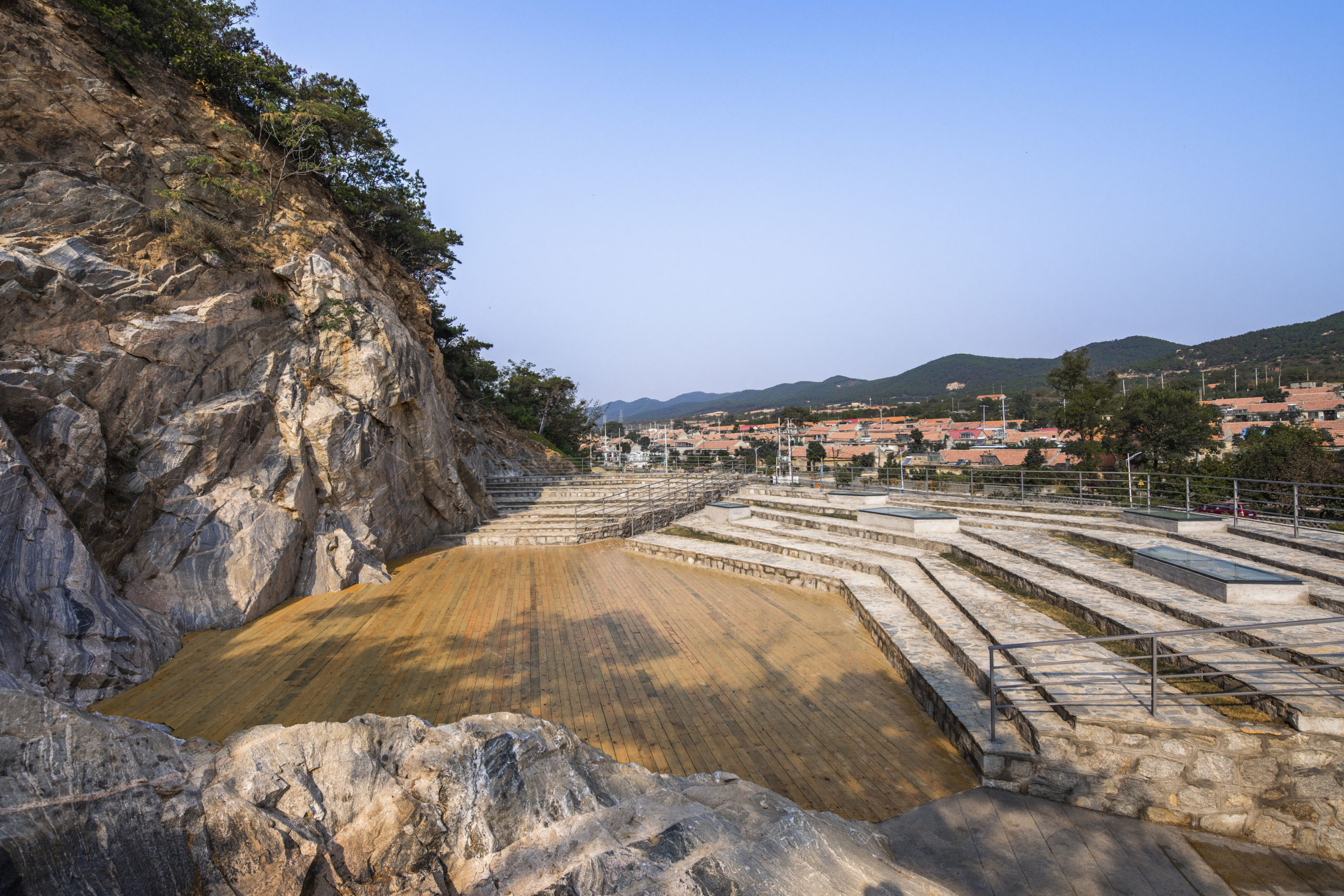




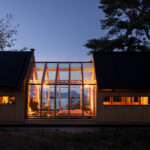
 Boston Symphony Orchestra
Boston Symphony Orchestra  National Kaohsiung Centre for the Arts (Wei-Wu-Ying)
National Kaohsiung Centre for the Arts (Wei-Wu-Ying)  Stone Nest Amphitheatre for Community Activities
Stone Nest Amphitheatre for Community Activities 